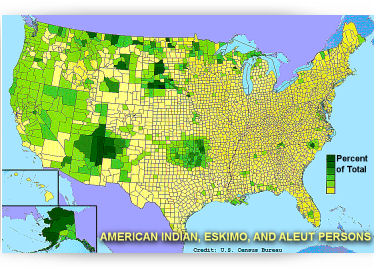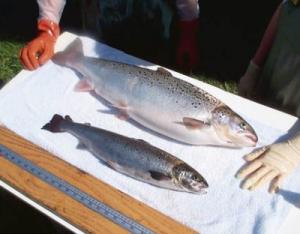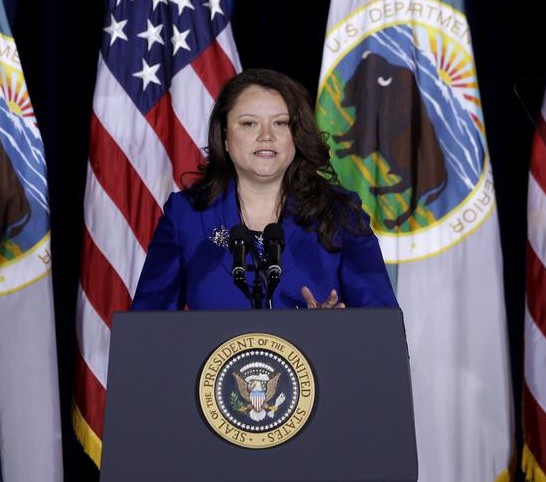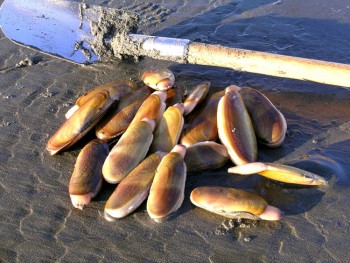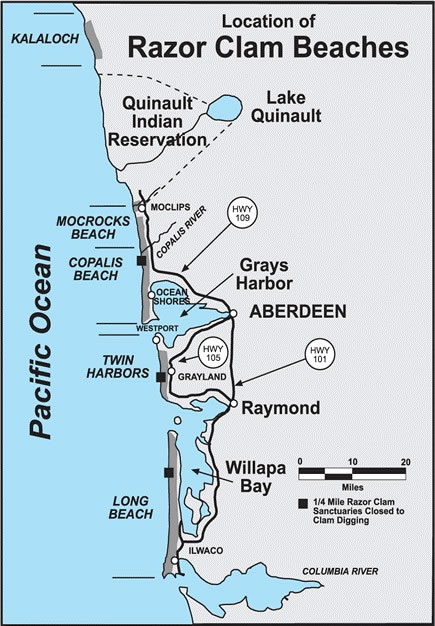The following canned tuna was shipped nationwide. Don’t take the chance of consuming a bad can.
Tri-Union Seafood Issues Voluntary Recall on Select 5-Ounce Chunk White Albacore Tuna in Water
FOR IMMEDIATE RELEASE – Mar. 6, 2013 – Tri-Union Seafoods LLC is voluntarily recalling a limited amount of Chicken of the Sea brand 5-ounce cans of chunk white albacore tuna in water.
The seams on the lids of the cans do not meet the standard for seam quality. Cans that do not meet seam standards could result in product contamination by spoilage organisms or by pathogens, which could lead to illness if consumed. There have been no reported illnesses to date, and Tri-Union Seafoods is issuing this voluntary recall to ensure the highest margin of safety and quality.
The specific product being recalled is Chicken of the Sea Brand 5-ounce chunk white albacore tuna in water sold at retail nationwide in single cans between February 4, 2013 and February 27, 2013.
The UPC code (also known as the bar code) is found on the label of the product and is 0 48000 03355 0. The Best By date is printed on the bottom of the can and is 01/18/17. The product lot codes that are part of this voluntary recall can also be found on the bottom of the can and include:
| CODE | BEST BY DATE |
| 3018CA2CKP | 01/18/17 |
| 3018CA3CKP | 01/18/17 |
| 3018CA4CKP | 01/18/17 |
| 3018CAACKP | 01/18/17 |
| 3018CABCKP | 01/18/17 |
| CODE | BEST BY DATE |
| 3018CACCKP | 01/18/17 |
| 3018CAECKP | 01/18/17 |
| 3018CB3CKP | 01/18/17 |
| 3018CADCKP | 01/18/17 |
“The health and safety of our consumers is paramount. As soon as we discovered the issue, we took immediate steps to issue this voluntary recall by alerting our customers who received the product and by asking them to remove it from store shelves,” said Shue Wing Chan, President of Tri-Union Seafoods.
No other codes of this product or other Chicken of the Sea products are affected by this voluntary recall.
Consumers looking for additional information can call our 24 hour Recall Information line at 1-800-597-5898.
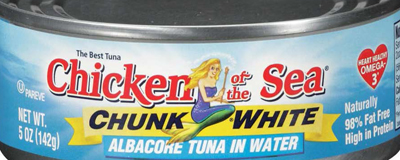
Bumble Bee Foods Issues Voluntary Recall On Specific Codes Of 5-Ounce Chunk White Albacore And Chunk Light Tuna Products Due To Loose Seals
FOR IMMEDIATE RELEASE – March 6, 2013 – Bumble Bee Foods, LLC, has issued a voluntary recall on specific codes of 5-ounce Chunk White Albacore and Chunk Light Tuna products. The recall has been issued because the products do not meet the company’s standards for seal tightness.
Loose seals or seams could result in product contamination by spoilage organisms or pathogens and lead to illness if consumed. There have been no reports to date of any illness associated with these products.
View more product photos here
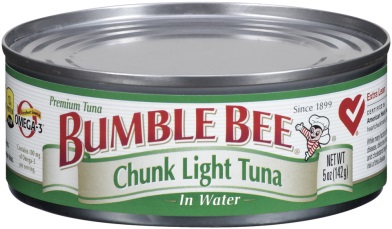
Products subject to recall follow:
Brunswick Brand 5oz Chunk Light Tuna in Water – 48 Count Case (Case UPC 6661332803)
| Can Label UPC | Can Lot Code | Can Best Buy Code |
| 6661332803 | 3018SB1CLP | Best By Jan 18 2016 |
| 6661332803 | 3018SB2CLP | Best By Jan 18 2016 |
Bumble Bee Brand 5oz Chunk Light Tuna in Water – 48 Count Case (Case UPC 8660000020)
| Can Label UPC | Can Lot Code | Can Best Buy Code |
| 866203 | 3016SBCCLP | Best By Jan 16 2016 |
| 866203 | 3016SBDCLP | Best By Jan 16 2016 |
| 866203 | 3016SBECLP | Best By Jan 16 2016 |
| 866203 | 3017SB1CLP | Best By Jan 17 2016 |
| 866203 | 3017SB3CLP | Best By Jan 17 2016 |
| 866203 | 3017SB4CLP | Best By Jan 17 2016 |
| 866203 | 3017SB5CLP | Best By Jan 17 2016 |
| 866203 | 3017SB6CLP | Best By Jan 17 2016 |
| 866203 | 3018SB2CLP | Best By Jan 18 2016 |
| 866203 | 3018SB4CLP | Best By Jan 18 2016 |
| 866203 | 3018SB5CLP | Best By Jan 18 2016 |
| 866203 | 3018SBACLP | Best By Jan 18 2016 |
| 866203 | 3018SBBCLP | Best By Jan 18 2016 |
| 866203 | 3018SBCCLP | Best By Jan 18 2016 |
| 866203 | 3018SBDCLP | Best By Jan 18 2016 |
| 866203 | 3018SBECLP | Best By Jan 18 2016 |
Bumble Bee Brand 5oz Chunk Light Tuna in Vegetable Oil – 48 Count Case (Case UPC 8660000021)
| Can Label UPC | Can Lot Code | Can Best Buy Code |
| 866213 | 3016SACCLH | Best By Jan 16 2016 |
| 866213 | 3016SADCLH | Best By Jan 16 2016 |
| 866213 | 3016SAECLH | Best By Jan 16 2016 |
| 866213 | 3016SAFCLH | Best By Jan 16 2016 |
| 866213 | 3018SAFCLH | Best By Jan 18 2016 |
Bumble Bee Brand 5oz Chunk White Albacore in Water – 24 Count Case (Case UPC 8660000025)
| Can Label UPC | Can Lot Code | Can Best Buy Code |
| 866253 | 3017SA1CKP | Best By Jan 17 2016 |
| 866253 | 3017SA2CKP | Best By Jan 17 2016 |
| 866253 | 3017SA3CKP | Best By Jan 17 2016 |
| 866253 | 3017SADCKP | Best By Jan 17 2016 |
| 866253 | 3017SAECKP | Best By Jan 17 2016 |
| 866253 | 3017SAFCKP | Best By Jan 17 2016 |
Bumble Bee Brand 5oz Chunk Light Tuna in Water – 6 Count Case of 4-Pack Cluster (Case UPC 8660000736)
| Cluster Pack UPC | Can Label UPC | Can Lot Code | Can Best Buy Code |
| 8660000736 | 866203 | 3017SBACLP | Best By Jan 17 2016 |
| 8660000736 | 866203 | 3017SBBCLP | Best By Jan 17 2016 |
| 8660000736 | 866203 | 3017SBCCLP | Best By Jan 17 2016 |
| 8660000736 | 866203 | 3017SBDCLP | Best By Jan 17 2016 |
| 8660000736 | 866203 | 3017SBECLP | Best By Jan 17 2016 |
Bumble Bee Brand 5oz Chunk White Albacore in Water – 6 Count Case of 8-Pack Cluster (Case UPC 8660000775)
| Cluster Pack UPC | Can Label UPC | Can Lot Code | Can Best Buy Code |
| 8660000776 | 866253 | 3017SABCKP | Best By Jan 17 2016 |
| 8660000776 | 866253 | 3017SADCKP | Best By Jan 17 2016 |
Bumble Bee Brand 5oz Chunk White Albacore in Water – 6 Count Case of 8-Pack Cluster (Case UPCS 8660000776)
| Cluster Pack UPC | Can Label UPC | Can Lot Code | Can Best Buy Code |
| 8660000776 | 866253 | 3017SA3CKP | Best By Jan 17 2016 |
| 8660000776 | 866253 | 3017SA4CKP | Best By Jan 17 2016 |
| 8660000776 | 866253 | 3017SA5CKP | Best By Jan 17 2016 |
| 8660000776 | 866253 | 3017SAACKP | Best By Jan 17 2016 |
| 8660000776 | 866253 | 3017SACCKP | Best By Jan 17 2016 |
| 8660000776 | 866253 | 3017SB2CKP | Best By Jan 17 2016 |
These products were distributed for retail sale nationwide between January 17, 2013 and February 28, 2013.
Bumble Bee Foods SVP of Technical Services and Corporate Quality Assurance Steve Mavity said: “Due to can integrity concerns, our top priority at this time is to remove these recalled products from distribution as soon as possible. We are working closely with our sales team and with retailers to help expedite the recall. We must assure our consumers and retailers of a safe and quality product so we very much appreciate everyone’s part in disposing of the products with the specific codes indicated.”
Mavity added, “There have been no consumer reports of illnesses attributed to these products, but because we’ve identified an issue with seal tightness, we’re voluntarily recalling products to ensure the highest margin of safety and quality.”
Consumers who have purchased the recalled products should discard the product by disposing in the garbage.
For any questions concerning this voluntary recall or reimbursement, consumers can contact Bumble Bee Consumer Affairs 24 hours a day at (800) 800-8572.
View all FDA recalls here





